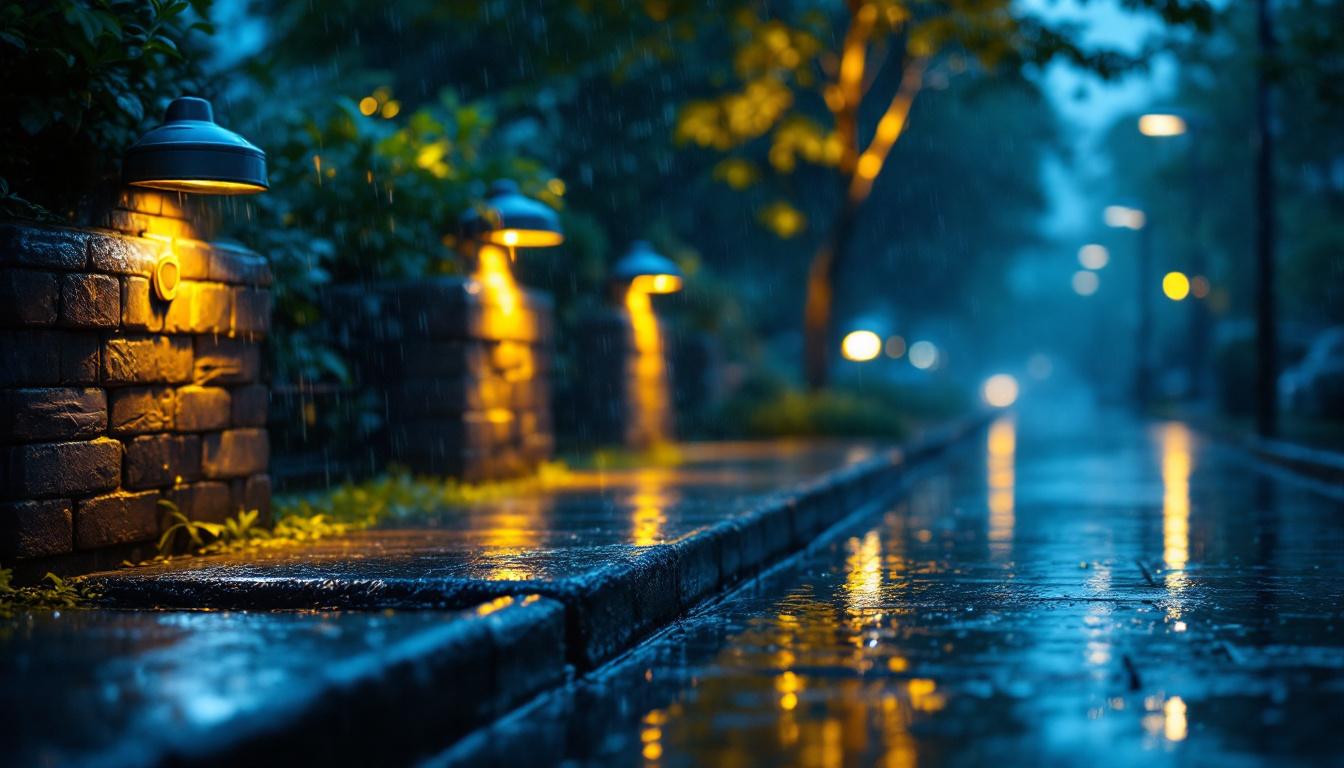
In the world of lighting installation, waterproof can lights have emerged as a vital component for both indoor and outdoor applications. As a lighting contractor, understanding the nuances of these fixtures can enhance your service offerings and meet the diverse needs of your clients. This article delves into the proven methods for selecting, installing, and maintaining waterproof can lights, ensuring that your projects shine brightly and withstand the elements.
Waterproof can lights, often referred to as recessed lights, are designed to resist moisture and humidity, making them ideal for various environments. These fixtures are commonly used in bathrooms, kitchens, and outdoor spaces where exposure to water is a concern. Their design not only protects the electrical components but also ensures safety and longevity. With advancements in technology, many waterproof can lights now feature energy-efficient LED bulbs, which not only provide bright illumination but also help reduce energy consumption and lower electricity bills.
When choosing waterproof can lights, several features should be considered. First and foremost, the IP (Ingress Protection) rating is crucial. A higher IP rating indicates better resistance to water and dust, with IP65 or higher being ideal for wet locations. Additionally, many modern waterproof can lights come with adjustable brightness settings or color temperature options, allowing users to customize the ambiance according to their needs. This flexibility makes them suitable for various activities, from relaxing baths to lively gatherings.
Another important feature is the material of the housing. Look for fixtures made from corrosion-resistant materials, such as aluminum or stainless steel, which can withstand harsh weather conditions without deteriorating. Some manufacturers also offer lights with a protective coating that enhances durability, ensuring that they maintain their aesthetic appeal even after prolonged exposure to the elements. This attention to detail in construction not only extends the lifespan of the lights but also minimizes maintenance efforts over time.
Waterproof can lights are versatile and can be used in various settings. In residential applications, they are perfect for illuminating bathrooms, where humidity levels can be high. The sleek design of recessed lights allows for a clean look, eliminating bulky fixtures that can disrupt the visual flow of the space. Additionally, they can be strategically placed to highlight architectural features or artwork, enhancing the overall design of the room. In outdoor settings, these lights can enhance patios, decks, and walkways, providing both safety and ambiance. Their ability to withstand rain and splashes makes them an excellent choice for lighting up outdoor gatherings or evening barbecues.
Commercially, waterproof can lights are beneficial in areas like swimming pools, spas, and outdoor dining spaces, where exposure to moisture is inevitable. Their ability to blend seamlessly into ceilings while providing effective lighting makes them a popular choice among contractors. Furthermore, in retail spaces, these fixtures can be used to create inviting atmospheres that attract customers, especially in areas like cafes or restaurants with outdoor seating. The combination of functionality and aesthetic appeal ensures that waterproof can lights not only serve a practical purpose but also contribute to the overall customer experience.
Choosing the appropriate waterproof can lights for a project involves more than just picking a fixture off the shelf. It requires careful consideration of various factors to ensure optimal performance and satisfaction.
Before selecting waterproof can lights, assess the environment where they will be installed. For instance, outdoor fixtures should not only be waterproof but also resistant to extreme temperatures. Understanding the specific conditions—such as exposure to direct sunlight, rain, or snow—will guide the selection process.
In contrast, indoor installations may require lights that are moisture-resistant but not necessarily designed for extreme weather. Knowing the environment helps in choosing fixtures that will perform well and last longer.
Brightness and color temperature are critical aspects of lighting design. For waterproof can lights, it’s essential to choose the right lumen output to achieve the desired ambiance. Generally, a higher lumen count is required for outdoor spaces to ensure visibility and safety.
Color temperature also plays a significant role in setting the mood. Warmer tones (around 2700K to 3000K) create a cozy atmosphere, suitable for residential applications, while cooler tones (4000K to 5000K) are often preferred for commercial settings, enhancing productivity and alertness.
Proper installation of waterproof can lights is crucial for their performance and longevity. Following best practices can prevent common issues such as moisture infiltration and electrical failures.
Before installation, the site must be adequately prepared. This includes ensuring that the ceiling structure can support the weight of the fixtures and that there is proper access to electrical wiring. Additionally, checking for any existing moisture issues is vital; addressing these problems beforehand can prevent future complications.
It’s also essential to have the right tools on hand, including a hole saw for cutting the ceiling, wire strippers, and a voltage tester. Proper preparation can streamline the installation process and reduce the likelihood of mistakes.
Each waterproof can light comes with specific installation instructions provided by the manufacturer. Adhering to these guidelines is crucial for ensuring the fixture’s performance and warranty coverage. Pay close attention to the recommended wiring methods and mounting techniques.
For instance, some fixtures may require a specific type of connector or mounting bracket. Following these instructions not only helps in achieving a secure installation but also ensures compliance with local electrical codes.
Maintenance is key to prolonging the lifespan of waterproof can lights. Regular checks and cleaning can help maintain their performance and aesthetic appeal.
Conducting routine inspections of waterproof can lights is essential. Look for signs of wear and tear, such as rust or corrosion on the housing, which could indicate that moisture has breached the fixture. Additionally, check the seals and gaskets to ensure they remain intact and effective.
Inspecting the electrical connections is also important. Loose or damaged wiring can lead to electrical failures or even pose safety hazards. Regular inspections can help catch these issues early, allowing for timely repairs.
Cleaning waterproof can lights should be part of the maintenance routine. Dust and debris can accumulate over time, reducing the light output and affecting the overall appearance. Use a soft cloth and a mild cleaning solution to gently wipe down the fixtures, avoiding abrasive materials that could scratch the surface.
For outdoor fixtures, consider seasonal cleaning to remove any buildup from weather exposure. This not only enhances the aesthetic appeal but also ensures that the lights function optimally throughout the year.
While waterproof can lights are designed to withstand moisture, challenges can still arise. Being aware of these potential issues and knowing how to address them can save time and resources.
One of the most common challenges with waterproof can lights is moisture infiltration. If water seeps into the fixture, it can lead to electrical failures and damage. To prevent this, ensure that all seals and gaskets are properly installed and maintained. Additionally, using fixtures with a higher IP rating can provide an extra layer of protection.
If moisture infiltration occurs, it’s crucial to address the issue immediately. Disconnect the power and inspect the fixture for damage. If necessary, replace the fixture to avoid further complications.
Electrical issues can also arise, particularly in outdoor installations where exposure to the elements is more pronounced. Loose connections, frayed wires, or faulty fixtures can lead to flickering lights or complete failures.
Regular inspections can help identify these issues before they escalate. If electrical problems are detected, it’s advisable to consult a licensed electrician to ensure that repairs are conducted safely and in compliance with local codes.
The lighting industry is continually evolving, with new technologies and trends emerging regularly. Keeping abreast of these changes can help lighting contractors stay competitive and meet client demands.
Smart lighting technology is increasingly being integrated into waterproof can lights. This allows for remote control, scheduling, and even voice activation, providing added convenience for users. As more homeowners and businesses seek smart solutions, offering waterproof can lights with smart features can set contractors apart.
These advancements not only enhance user experience but also contribute to energy savings, making them an attractive option for environmentally conscious clients.
Energy efficiency remains a significant trend in the lighting industry. Waterproof can lights are now being designed with energy-efficient LED technology, which offers longer lifespans and lower energy consumption compared to traditional bulbs.
As sustainability becomes a priority for many consumers, providing energy-efficient options can appeal to a broader audience. Contractors who prioritize eco-friendly solutions will likely find increased demand for their services.
Waterproof can lights are an essential component of modern lighting design, offering versatility and durability for various applications. By understanding the features, installation methods, and maintenance practices associated with these fixtures, lighting contractors can enhance their service offerings and ensure client satisfaction.
As the industry continues to evolve, staying informed about trends such as smart technology and energy efficiency will further empower contractors to meet the changing needs of their clients. Embracing these advancements will not only improve project outcomes but also position contractors as leaders in the field of lighting design.
Ready to elevate your lighting projects with the best waterproof can lights on the market? Look no further than LumenWholesale. Our commitment to quality and affordability ensures that you receive spec-grade lighting products that meet the highest industry standards. Say goodbye to inflated markups and hello to unbeatable wholesale prices, free shipping, and the convenience of bulk buying. Don’t compromise on quality or value—choose LumenWholesale for your lighting needs and make every project shine. Discover our extensive selection and take advantage of the best value in lighting by visiting Wholesale Lighting at the Best Value today.
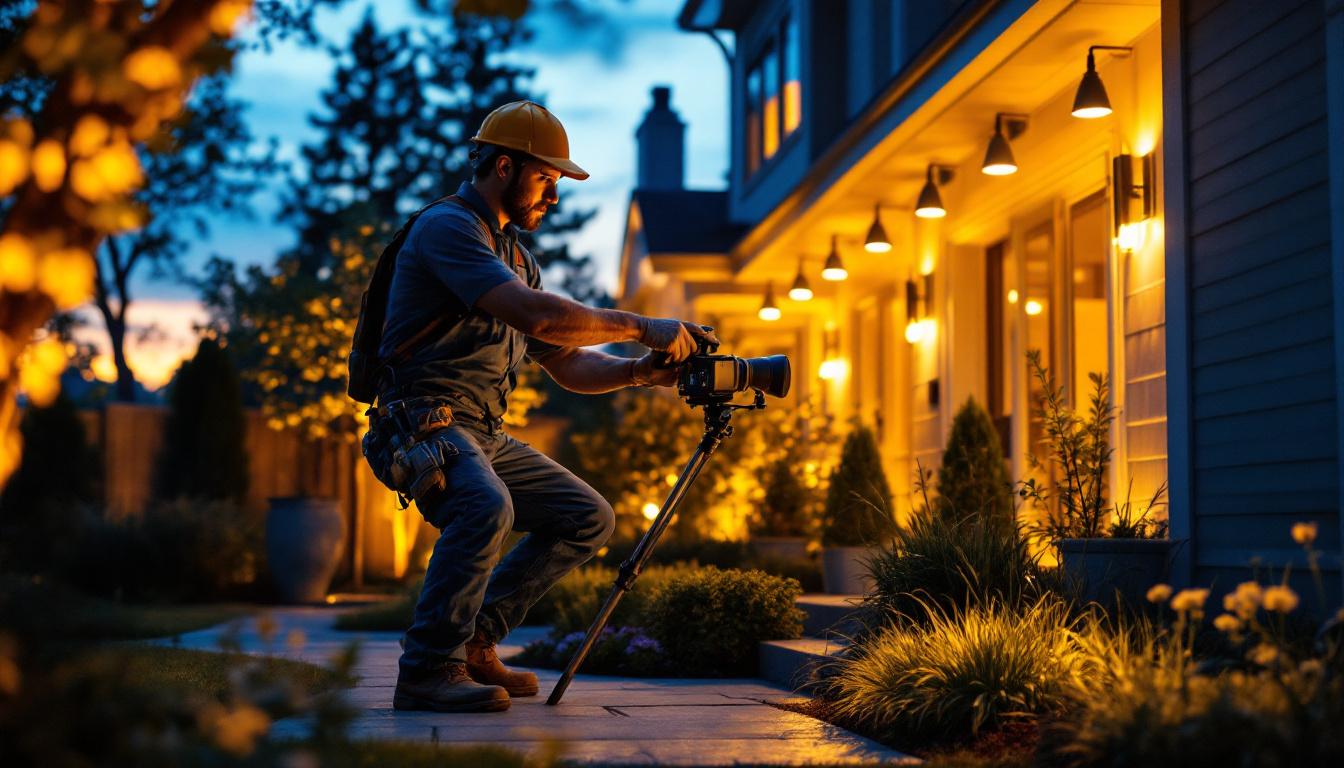
Discover why lighting contractors should prioritize outdoor lighting projects in this insightful article.
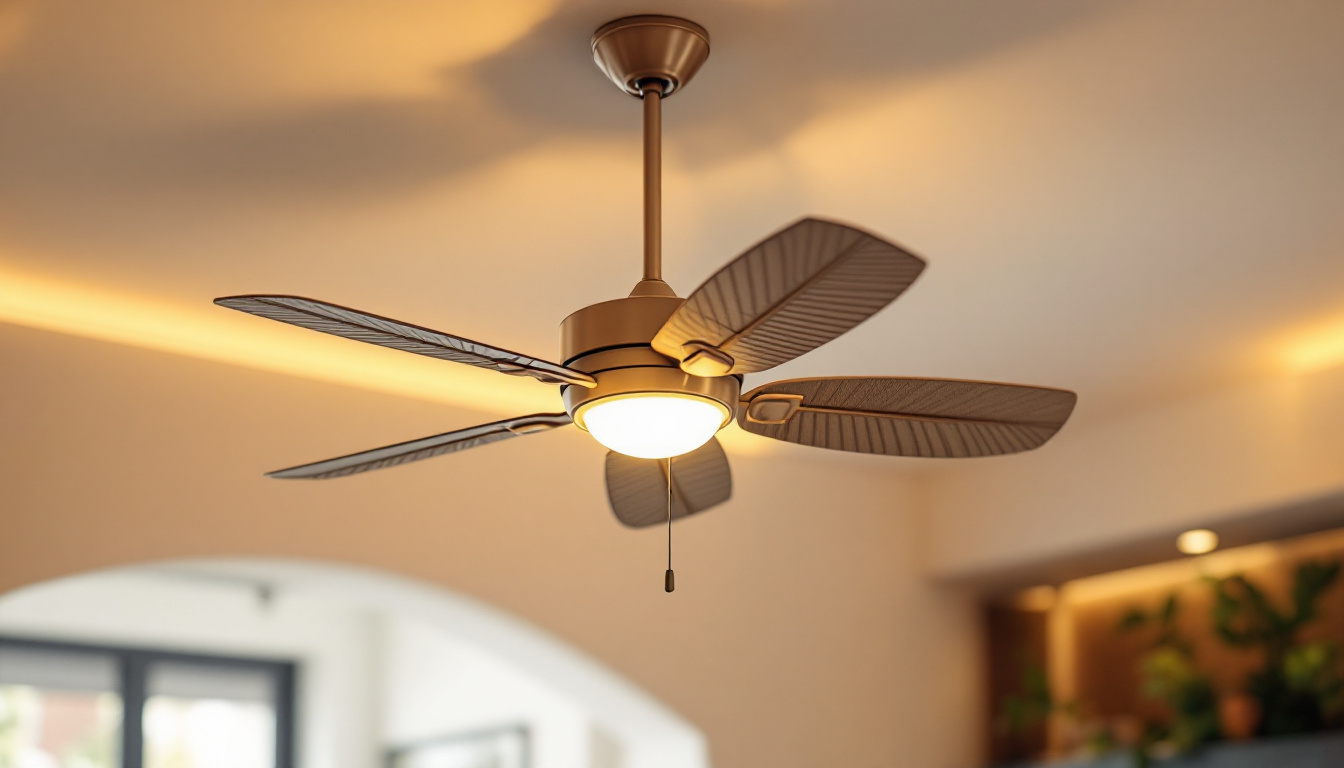
Discover how decorative ceiling fans can transform your space with enhanced lighting solutions.
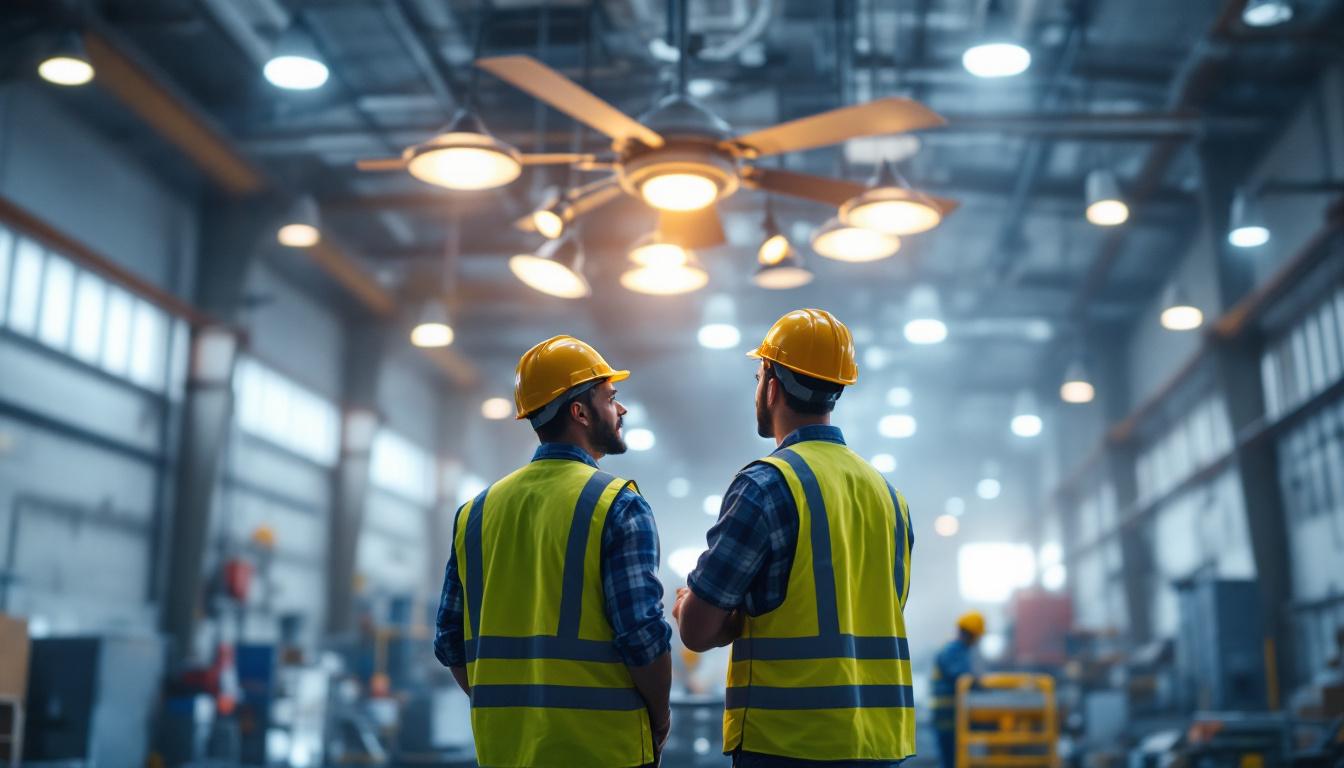
Discover why lighting contractors should prioritize industrial big ceiling fans in their projects.
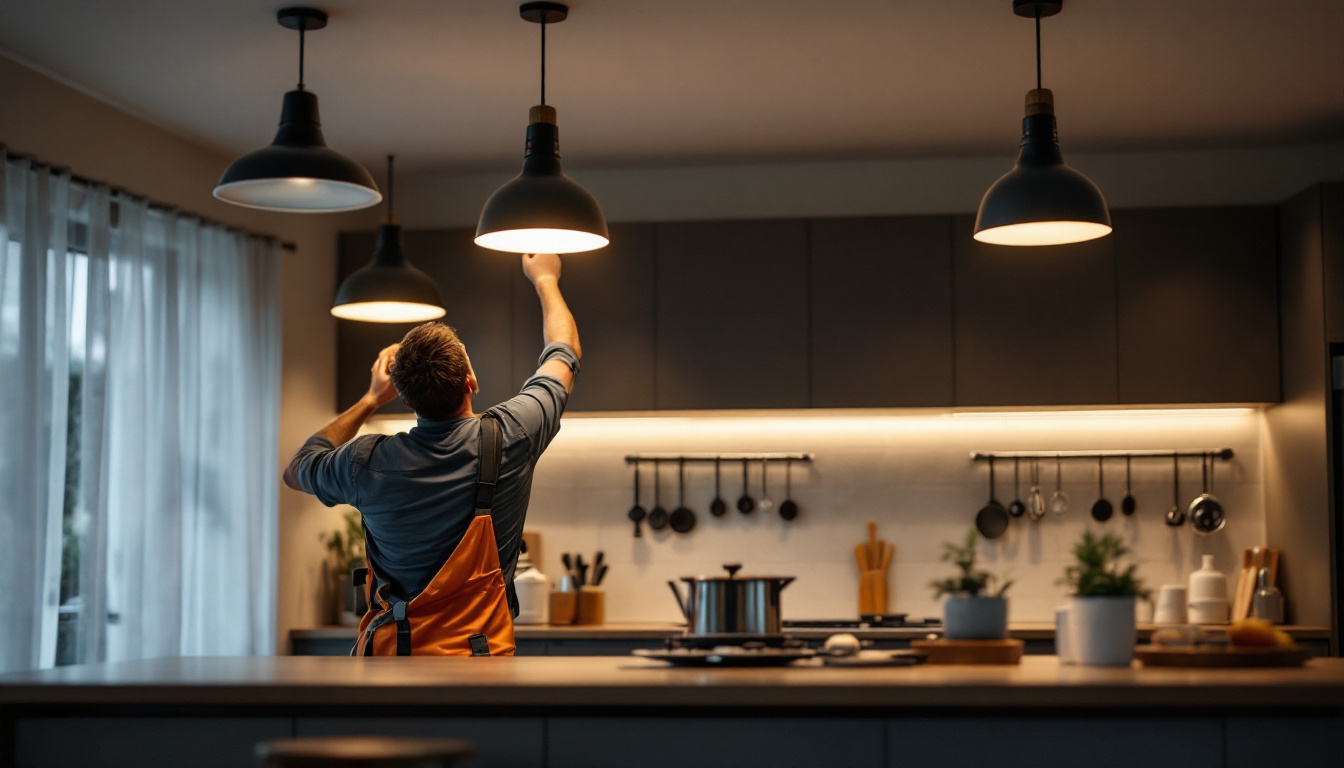
Discover innovative hacks and expert tips for smart lighting contractors to transform kitchen spaces with the perfect ceiling light fittings.